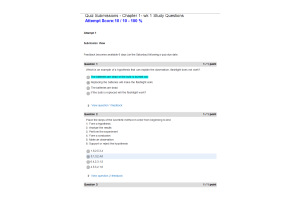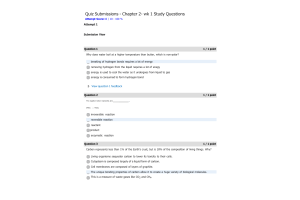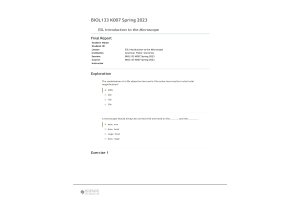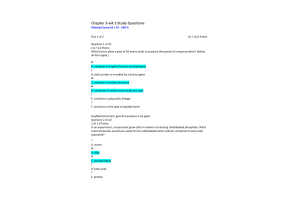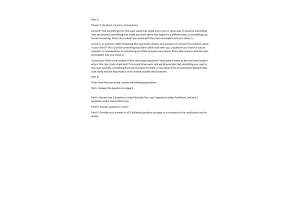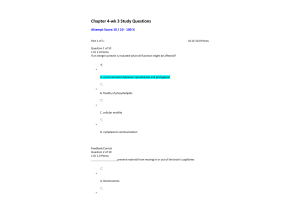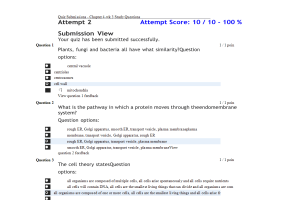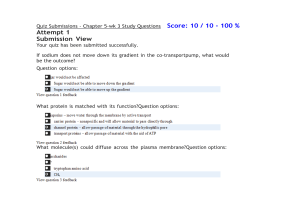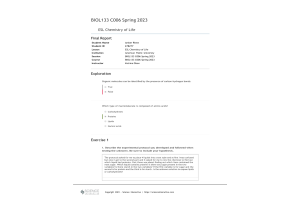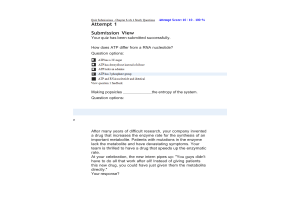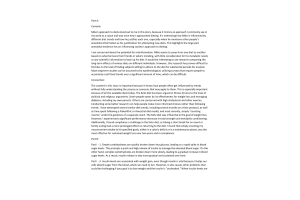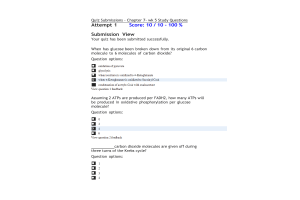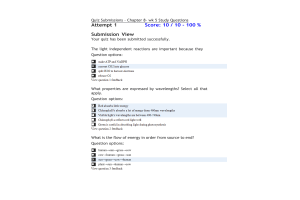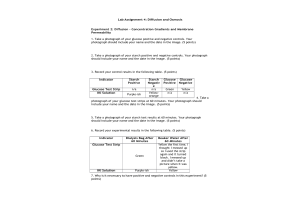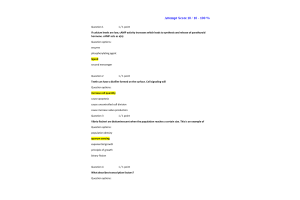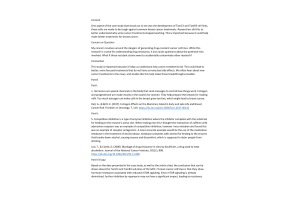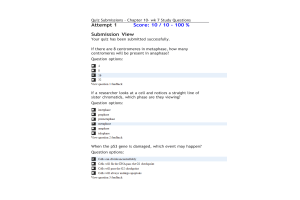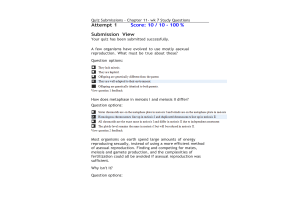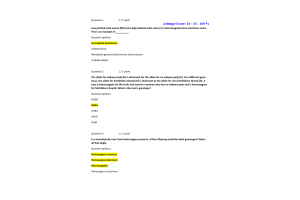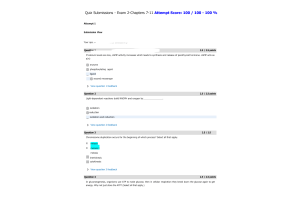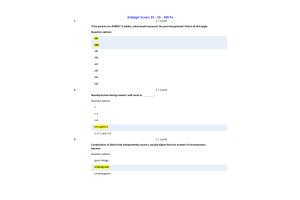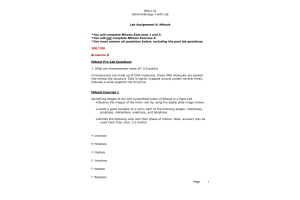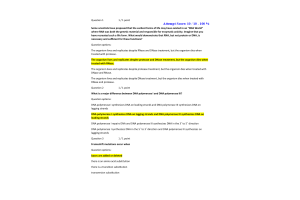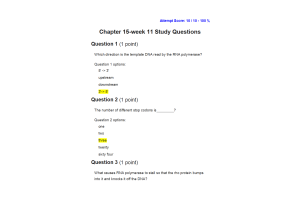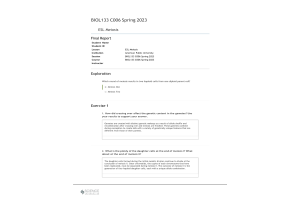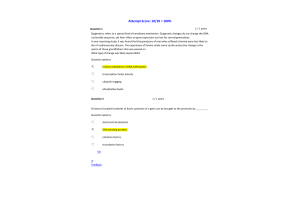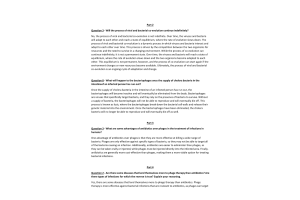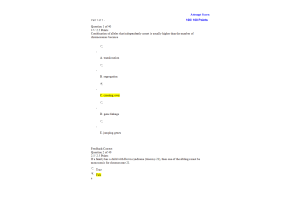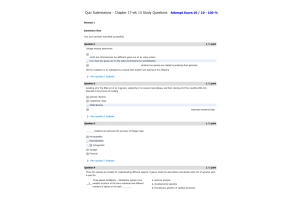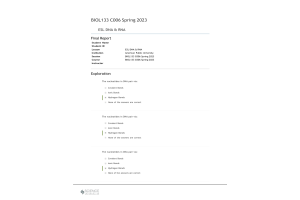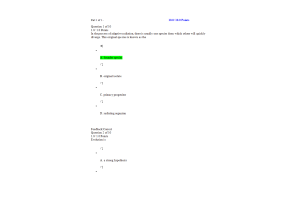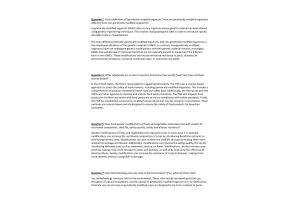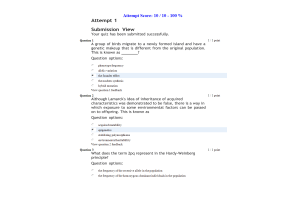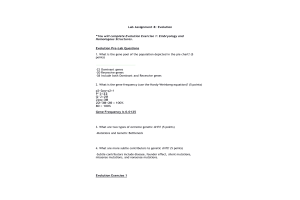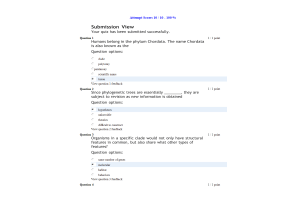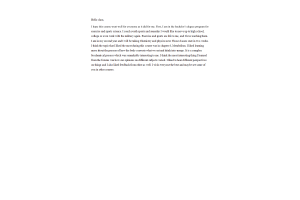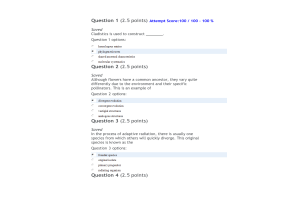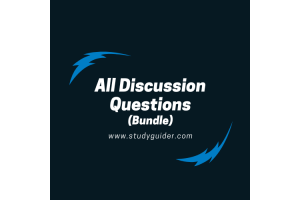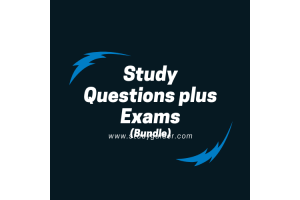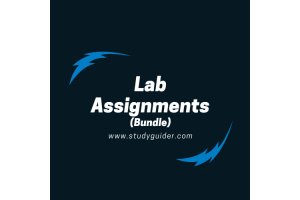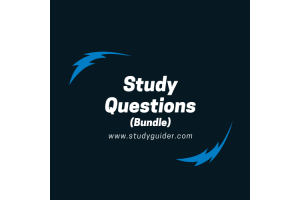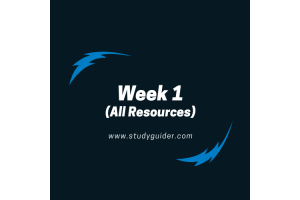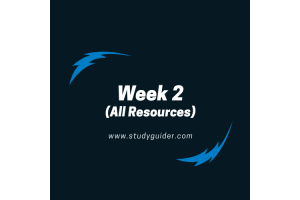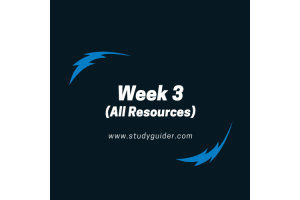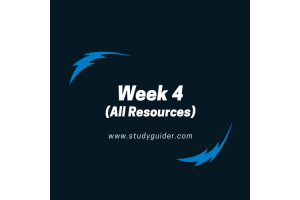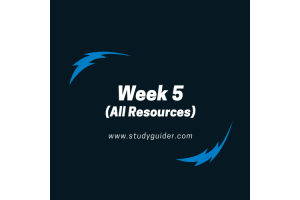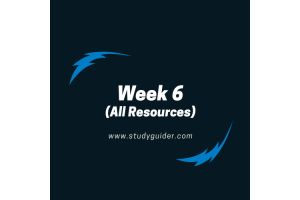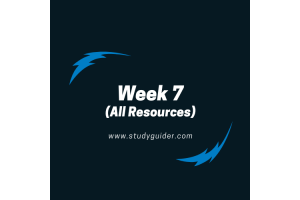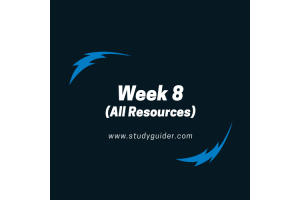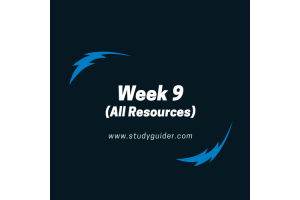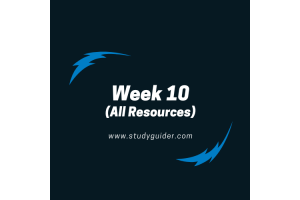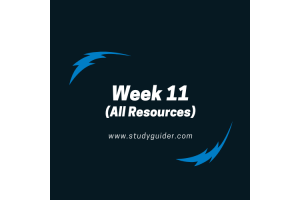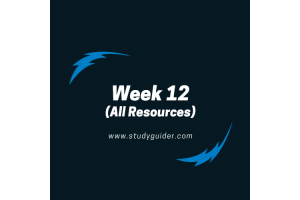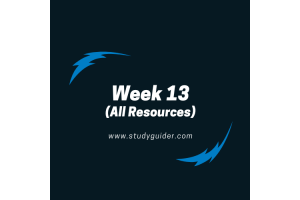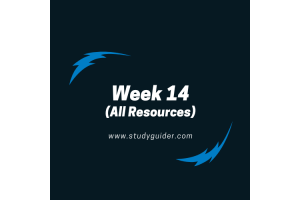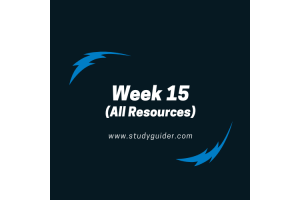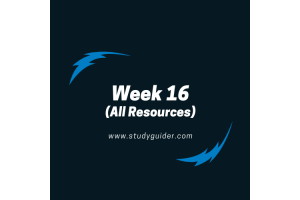BIOL133 Week 4 Exam 1- Chapters 1-6; Cover Six Chapters
- $39.00
- Question: If an integrin protein is mutated what cell function might be affected?
- Question: You and your roommate are grocery shopping. “I don’t get it,” she says. “My doctor said I should buy this special milk because I don’t digest it well. But this brand says ‘lactose-free’ and this brand says ‘lactase added’ – which do I want?”
- Question: What is the first step in Na+-K+ pump?
- Question: What examples describe the second law of thermodynamics? Select all that apply.
- Question: In biological macromolecules like proteins, the hydrophobic residues tend to clump together in the interior of the folded structure. What is the best explanation for why this occurs?
- Question: Cardiac muscle requires junctions that allow electrical signals through. Cardiac muscle also relies on calcium to contract. What junction is involved and what organelle stores calcium?
- Question: Before the battery in the car is jumped, the individuals notice the hook-ups on the battery are corroded by acid. What substance can be used to clean the acid?
- Question: _____ are used for energy storage.
- Question: When the solute concentration in solution 1 is lower than the solute concentration in solution 2, solution 2 is
- Question: Noncompetitive inhibition occurs when
- Question: How does the sodium-potassium pump make the interior of the cell negatively charged?
- Question: If two solutions are different, the one will the higher concentration of solutes is
- Question: If sodium does not move down its gradient in the co-transport pump, what would be the outcome?
- Question: Researchers are working to develop biofuels to free us from dependence on fossil fuels. Based on what you know about cellulose, what do you predict are the major advantage and disadvantage of using cellulose-rich plant material as biofuel?
- Question: The R group interactions, β-pleated sheets and α-helix structure can be denatured, but what interaction relevant to structure cannot be denatured?
- Question: Indicate the statements that support the relationship between protein and structure.
- Question: In a chocolate bar with nuts and caramel, there are 12 grams of fat, 33 grams of carbohydrates and 4 grams of protein. What percentage of calories comes from fat?
- Question: ____ prevent material from moving in or out of the brain's capillaries
- Question: Membrane proteins are able to cross because sections are composed of
- Question: Larger cells function less effectively because as they increase in size, the surface area to volume ratio .
- Question: According to the 2nd law of thermodynamics,
- Question: What are actin filaments?
- Question: You are designing a museum exhibit to teach people about cells. In the entrance to the exhibit, visitors riding a moving walkway under flashing lights will gradually “shrink” down in size. To create this illusion, visitors will pass giant models of various biological parts, accompanied by scale bars. Match each model to the appropriate scale bar to go with it.
- Question: The microbiologist Louis Pasteur invented pasteurization, created vaccines for anthrax and rabies, and helped explain the germ theory of disease. He is often quoted as saying, "Chance favors the prepared mind." A more accurate translation from the French, however, is "Where observation is concerned, chance favors only the prepared mind." What can you conclude about Pasteur's attitude about the role of chance in scientific discovery?
- Question: The shape of the cell is predominantly maintained by the
- Question: Baking soda can be swallowed to combine with excess hydrogen ions. Baking soda acts as a buffer.
- Question: Cholera kills over 100,000 people each year worldwide due to diarrhea. The cholera toxin opens the CFTR chloride channel in the intestines, so that sufferers lose chloride, sodium and massive amounts of water. On the other hand, the same CFTR channel is mutated in cystic fibrosis patients. With activity too LOW, they lack chloride flow and mucus builds up in the lungs. This illustrates the importance of precise control of channel opening, known as _____ regulation.
- Question: What is an example of potential energy? Select all that apply.
- Question: When phospholipids are placed in water, why does a bilayer form?
- Question: The NASA Mars rover has found evidence of water on Mars. This opens the possibility that life may have existed on another planet, perhaps evolving completely independently. “Just think!” says your friend, “Extraterrestrial cells might be totally different than Earth cells. For example, the plasma membranes might be inside out, with the polar heads on the inside and the tails on the outside!” What is your response?
- Question: The impermeability of cell plasma membranes is a major barrier to using drugs to kill tumor cells or affect cells transgenically. CPPs are peptides that were discovered to have the ability to transport themselves (and even attached cargo) into cells. How they get into cells is still a mystery, but CPPs all have multiple positively charged groups. Which of the following membrane components are they most likely to be interacting with?
- Question: NASA's Kepler mission found evidence of several potentially habitable exoplanets, raising the possibility that life may have evolved independently outside of our solar system. If NASA found a novel lifeform, we would expect it to use energy molecules based on similar principles as lifeforms on Earth. The organism would likely use molecules with ____bonds. It might use two separate molecules, one serving as a rapidly utilizable energy currency and another molecule serving as long-term energy storage
- Question: Which of the following form the foundation of plasma membranes?
- Question: An atom with an atomic mass of 89 and an atomic number of 39 has how many neutrons?
- Question: C6H12O6 + 6O2 → 6H2O + 6CO2 is an example of .
- Question: What factors allow a pool of 20 amino acids to produce thousands of unique proteins? (Select the 3 that apply.)
- Question: How can ice float?
- Question: Estrogen and testosterone are structurally related to cholesterol. Based on what you have learned about cholesterol, predict how these steroid hormones signal to the cell.
- Question: When the solute concentration in solution 1 is lower than the solute concentration in solution 2, solution 2 is
- Question: Enzymes are catalysts in reactions

